I've been doing some researches into differnt styles of hanfu worn in various Dynasties and what they look like. I came upon Ming Dynasty and the description of yunjian being one of the clothing that's is often worn by the citizens. I find them interesting and decided to share them here as a brief history to leanring how yunjian came to be.
What is yunjian?
Yunjian (云肩), also known as a shawl (披肩) is a type of clothing decoration that developed after the Sui Dynasty. It is mainly made from materials such as silk and satin brocade, taking on shapes such as clouds or having clouds embroidered onto a cloth.
Its purpose when first integrated into everyday wear isn't simply just for decorations. But with time and as the popularity of yunjian rose in the Ming and Qing Dynasties, it gradually became a part that added depth to what is being worn, like pendants or necklaces - and added decorations to the overall looks.
If laid out on a flat surface, yunjian's shape is quite similar to a donut. Only the part facing the front will have a split so when worn it wraps around the neck and rests against the shoulder. Unlike many shawls that we know of in the modern era, most of the yunjian will be resting on the shoulder or slightly protruding from where the shoulder ends. If it's made from softer materials, it will droop down the shoulder. But it won't be reaching past the chest area. And at the front, there will either be some sort of clip, button, or (mainly) ribbons in the inner circle that will tie the split together to prevent it from easily slipping off the shoulder.
History of Yunjian
There is no exact era in which yunjian was created and used by people. Some say that its influence was brought by nomads from the North to the South and then got created into something physical. But there is not much support beyond this saying.
The earliest existing evidence of yunjian is mostly on murals, where it appears on immortal's outfits. Such as “Dunhuang Tang Dynasty” murals, where yunjian appears on bodhisattva. Chinese descriptions of yunjian usually follow with a saying “雨后云霞映日, 睛空散彩虹。” It describes the spectacular view after rain where the cloud reflects the sun, and as the sky cleared various colors of the rainbow will be seen.
The people draw yunjian on gods not only to add beauty to beings in their mythologies but also to represent what humanity yearned for. And what they yearned for is the ability to ascend to the immortal realm. Yunjian in this case presents the god to have their shoulder surrounded by colorful clouds as if in heaven and also whatever is attached to the edges of yunjian will give whoever is wearing it a more flowing, elegant look.
It's only when a female clay figurine from the fifth generation of Southern Tang is uncovered and wore yunjian above their clothing do people nowadays be able to make a rough estimation on when yunjian became something physical and that humans started to wear it as clothing than simply it being for immortals.
When it's first created, its main purpose is to keep dandruff, dust, or oils from staining the area under the next. (You can compare it to a baby's bib).
It started as a simple one-piece of clothing sewn together, expanding in four directions (四合如意式). That is the most common of yunjian, included with cloud shapes or embroidery on all four directions of cloth. Later on, people started expanding the direction, from four sides to eight or more. This symbolizes ancient people's strong belief in different sayings but also their admiration of the sun. With this, more shapes and embroideries started appearing on yunjian besides clouds. Along with that, people also start adorning yunjian with tassels and bells so that it goes beyond simply being a cloth that ties around the neck, but has its drooping end moving along with one's step and bodily movements.
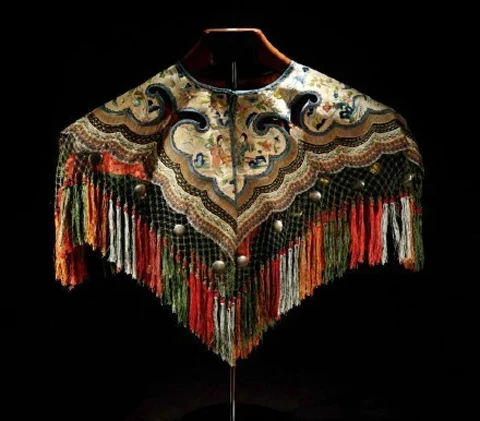
Sometimes the pieces of yunjian won't even be sewn together completely. Only connected with a thick thread of silk so that the pieces are freer to move with the wind and movements.
As for the name of yunjian...Not sure if the people called it Yunjian when it was first integrated into civilization. But it only started appearing on records during the Yuan Dynasty.
When yunjian got created and worn by humans, it was mainly worn by nobles. It was only around the Ming and Qing Dynasty that yunjian reached every one of various statuses and ranks and can be worn with everyday wear. And as it popularized, people started combining yunjian designs and patterns with Tang Dynasty male outfits and named them 云肩通袖膝襕, basically Tang Short but with design on the shirt.
Gradually, yunjian became an outfit decoration that is indispensable for women on the day of their marriage. Even now, people still hold this concept of a red wedding dress being paired with yunjian around the shoulder if the wedding they held took on a more historical and ancient theme.
Besides that, yunjian is mainly paired with Ming Dynasty clothing for women, often with stand-up collared tops (long or short) or long gowns and with Ming skirts.
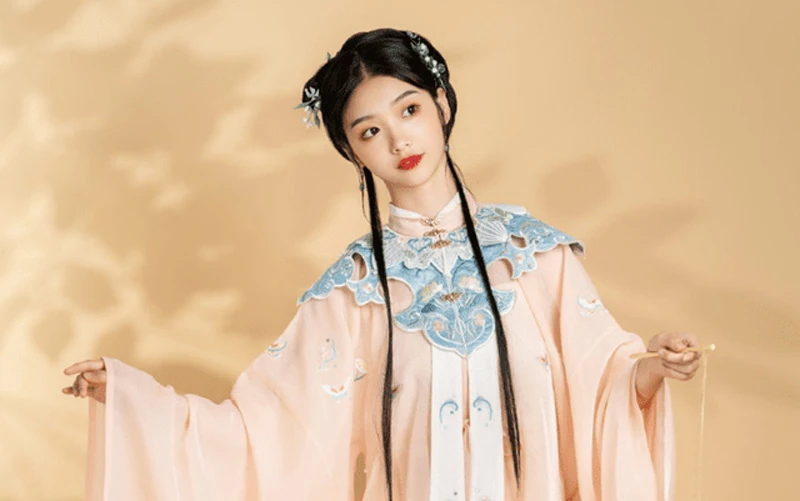
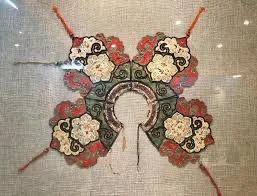
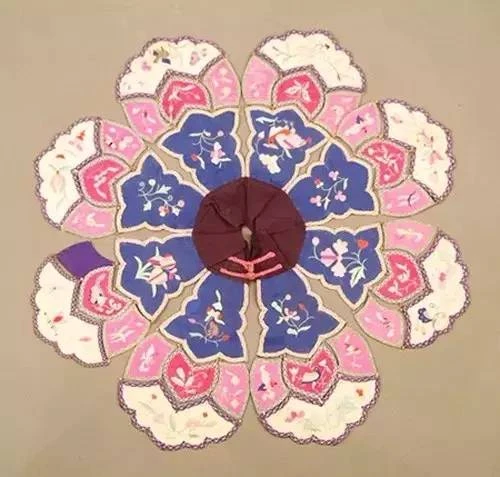
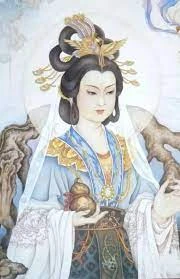
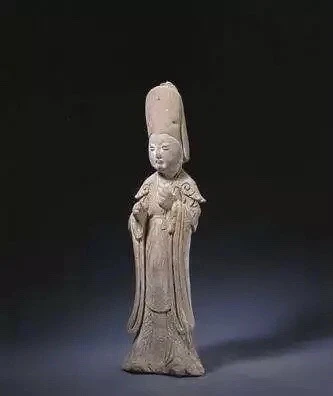
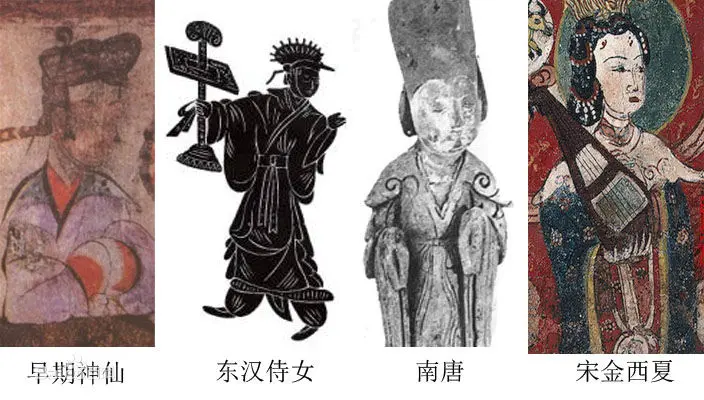
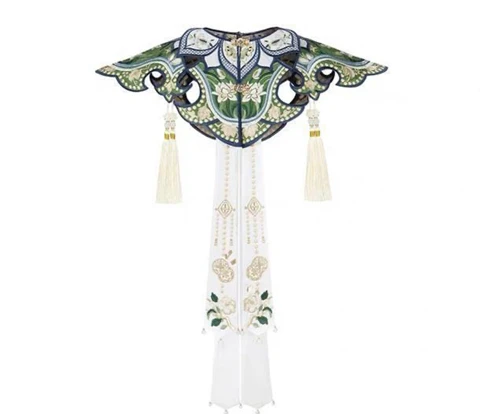
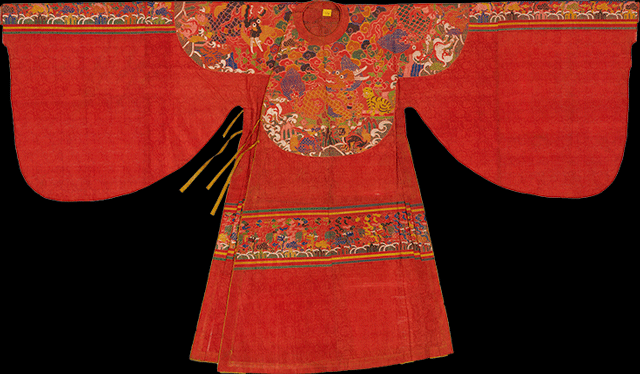
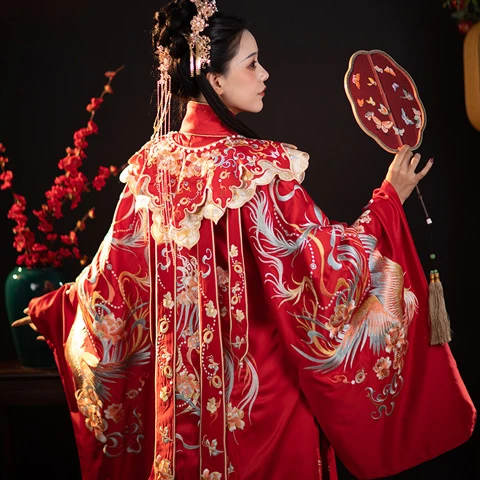
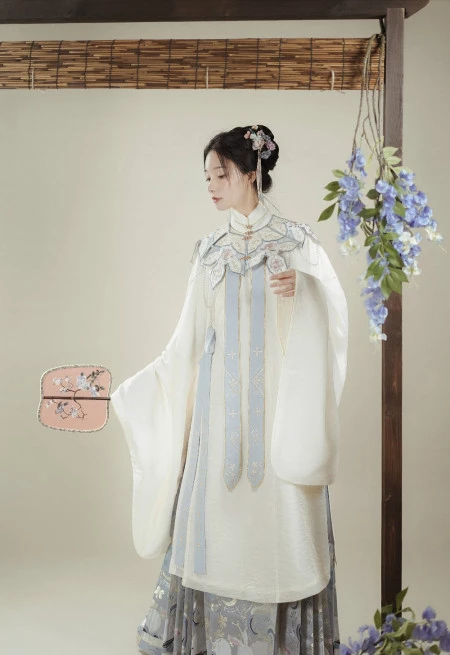
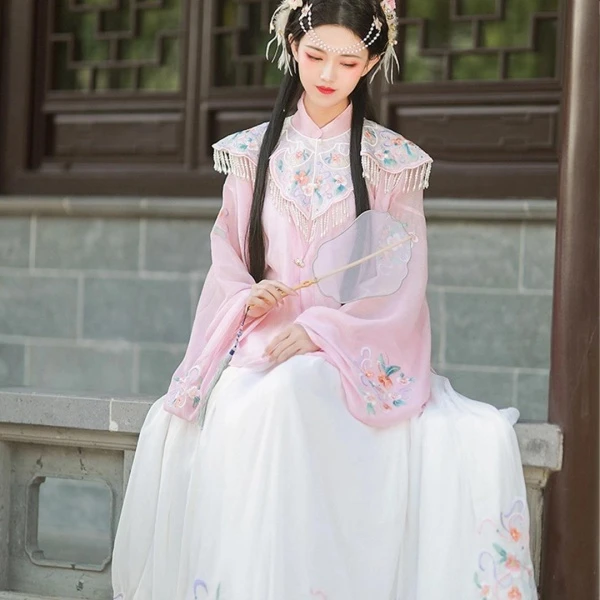
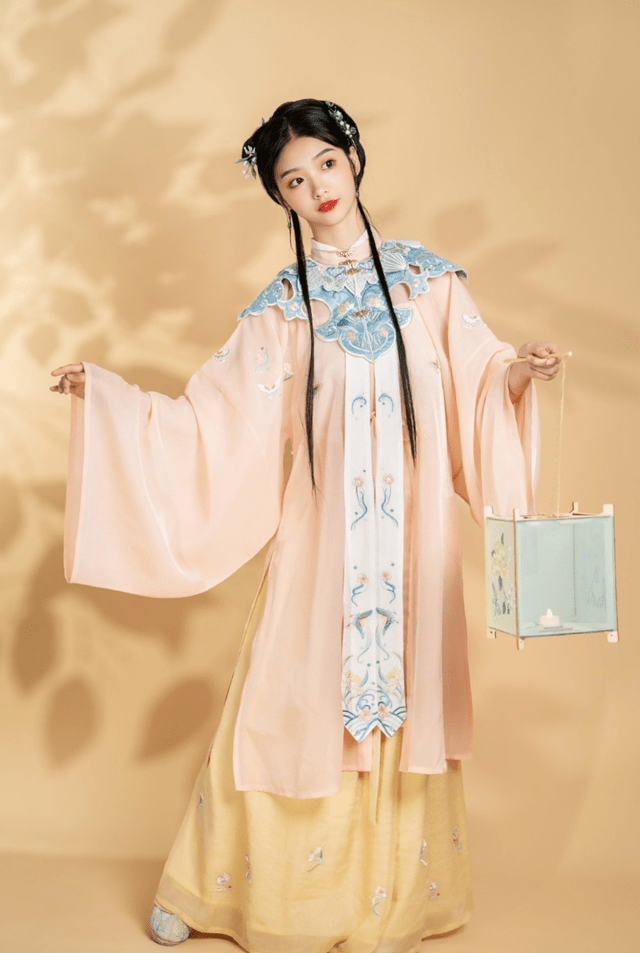

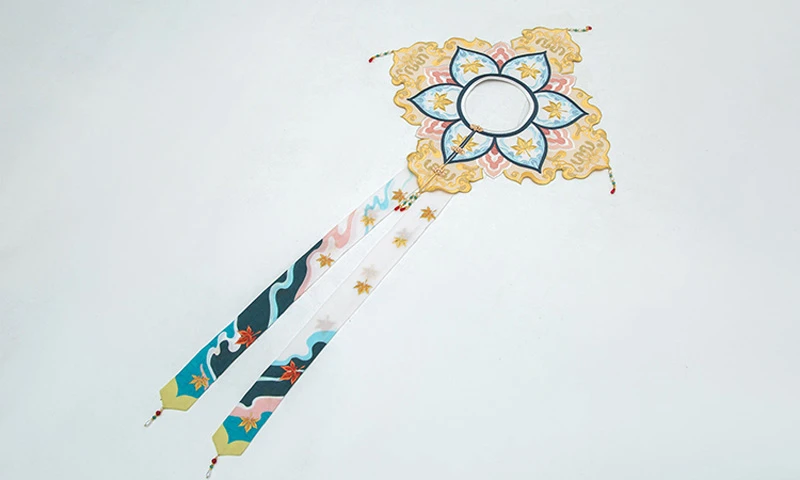

Mirip kerah, namun terpisah. Sudah ada sejak dulu, jadi inspirasi trend baju
Great article, thanks! It's the single most troublesome hanfu accessory to make, because of all the embroidery! I'm not even sure you can make it yourself :p
Yep. It’s going to need lots of embroidery skills. Don’t think anyone made a tutorial but I roughly can make out some steps to making it. It all just depend on how patient you are when it comes to sewing.
Is there a tutorial about how to make yunjian?
From what I searched online there is no complete tutorial of making yunjian from scratch. Either you buy DIY kit or buy them already made. But if you want to make it it really depends on which styles you want to make. Let’s say 四个如意, the most common. Since that style is going in four direction you can just draw out the design for 1/4 of the yunjian. The other 3/4 design will be the same. You draw the design out on paper then use washable pen/marker, anything really, to outline the cut out paper design to the cloth you’re using to make it. After outlining, cut out the shape. You’ll have to repeat the same with the other 3/4 piece. There will be a total of eight similar pieces for the four sided yunjian. You have to sew the two pieces together so they won’t be just a soft cloth flopping over the shoulder. So basically there is a total of four piece but they have two layer sewn together. Then you attached them together through sewing. Pick one of the 1/4 piece. That piece will be cut in half so you can sew on buttons near the inner circle. Make sure to close the edges there too. Then you have a connected piece with buttons. Now for smaller designs. The yunjian have embroideries, so you can draw out design on the cloth empty spots and embroider design on to all four pieces. You can also attached tassels, bells, etc. yunjian can go beyond one layer. There are some who have one main layer and smaller layer on top of the main. It follows the same step of 1/4 pieces in the beginning. If you don’t know how to embroider you can also cut out shapes from cloth and sewn than together to create design. If you plan on doing more directions of yunjian the piece itself might be smaller and more pieces you need to draw and cut. If I find a complete tutorial I’ll add it here.
I’ll do a bit more research and see if I can put them together into a rough tutorial article.
Thanks in advance, if you could post a detailed tutorial, that would be a huge help to me.
Do you have any more details about the embroidery? I know a lot of more Western embroidery techniques but I was wondering about the traditional Chinese ones.